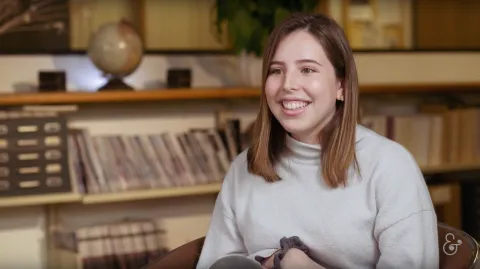Discover how science innovations make their way into the real world.
Biotechnology is truly interdisciplinary and draws on biology, chemistry, engineering, physics, computer science, management, public policy, and law. The Biotech Explorers Pathway (BEP) introduces students to the fundamental science behind biotechnology and what it takes to move discoveries from the laboratory into the real world. The BEP connects science, business, technology, and engineering at the start of undergraduate studies, highlights how scientific discoveries lead to useful applications, and engages curiosity through team-based inquiry that guides students from examples toward idea generation and project development.
Why should students take this course?
The BEP is a chance for students to see where science and the real world connect and how the fundamentals of intro STEM courses are applied by local biotech companies. BEP courses focus on small group interactions among students with diverse interests and backgrounds as they look at the St. Louis biotech community through case studies and field trips. From start-ups to big companies, the BEP offers a chance to see how science helps solves problems.
What will students get out of this program?
BEP students see how the 'basics' of introductory STEM courses are relevant in the world of biotech and how the sciences, arts, business, and engineering are a pallet for innovation and discovery. Having stories of science helps students understand how the collection of concepts of intro courses fit together. The first two BEP courses focus on science and entrepreneurship and culminates with a third course that lets students pitch ideas and then work as a group to design a scientific project. Taking first swings at big ideas helps students see why they are here, how to communicate their ideas, and how peers can help them learn.
How will this program help students to refine or define themselves and their goals?
Science is as much a language as a way of thinking. Having students become comfortable with that language as they share ideas and explain what companies are doing is a key part of realizing that there is more to science than just research and medicine. There's a lot of creative thinking and work needed to take the spark of an idea to a tangible product -and that often needs people who can speak the languages of science, art, engineering, and business.


